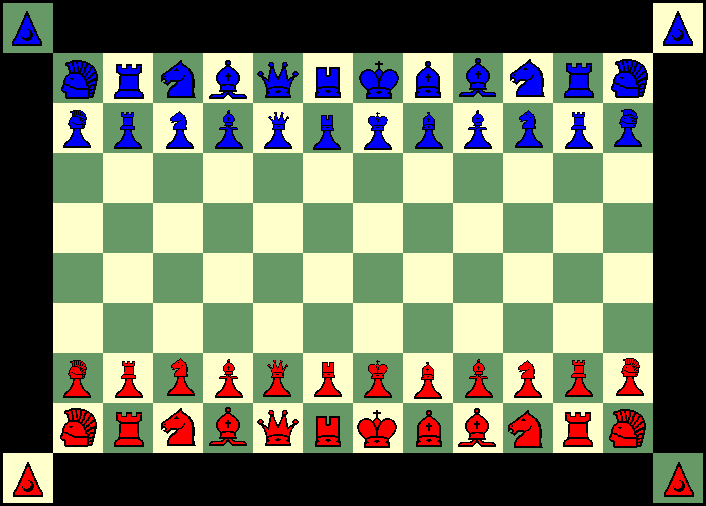

If you are unfamiliar with sungka, or need further elaboration, see the detailed instructions below. The querant then begins a second turn on his/her own. For the purposes of geomancy, the reader and the querant take the concurrent first turn. In most Sungka matches, both players take their first turn at the same time, and the person whose turn ends last gets to take the second turn. Option 2: You (the person performing the reading) and the querant both hold the query your mind while beginning the game with the concurrently play first turn.Option 1: Have the querant play in solitary fashion as described above.If you are doing a reading for someone else, you have two options: If I feel like a more complex/targeted reading, I change the number of turns to suit the query, in order to help further pinpoint the reading. pretend you are playing against yourself, and take one turn for each side). I use two turns for simple readings because I like the movements around the board to reflect the lunar cycle. Continue to play the game in solitary fashion for two turns (i.e. Simply hold the question in your mind and allow your non-dominant hand (the hand you do NOT write with) to hover over the bowls on the side of the board closest to you, and select the bowl that feels natural. Method:ġ) To begin your reading, you must create a query. This deliberate separation of use is significant in my mind. (As a side note – Some people insist that sungka is played counterclockwise however, in my family, sungka is always played clockwise, so that is the tradition I follow). Additionally, I always play sungka clockwise, and use sungka for divination counter clockwise. The significant notations in geomancy are performed right to left and counterclockwise, so this keeps the momentum of the reading consistent with the rules applied in the other steps.

The pieces are moved around the board counter clockwise, and the large bowl to your right acts as your “head” or “mother” house. When using sungka for geomancy, this is reversed. **Note 2: When playing the game sungka, you move pieces around the board clockwise, and you typically “own” the large bowl on your left, while your opponent “owns” the bowl on your right (her left).

I will tell you that all of these steps are performed as described for a specific reason nothing is arbitrary. Sometimes I will take the time to explain why I do something a particular way, and sometimes I will not, at my discretion. * Note 1: The following is an explanation of the method I use for geomancy with a sungka board, which may or may not be different from the method any other person uses to perform the same art. A blank geomantic shield (with optional cheater chart/mother key).98 shells, stones, seeds or other counters (seven for each of the small bowls/hollows on the board).Now that you’ve (hopefully) read all about my rationale for using a sungka board, let’s get to the good stuff: the actual method.


 0 kommentar(er)
0 kommentar(er)
